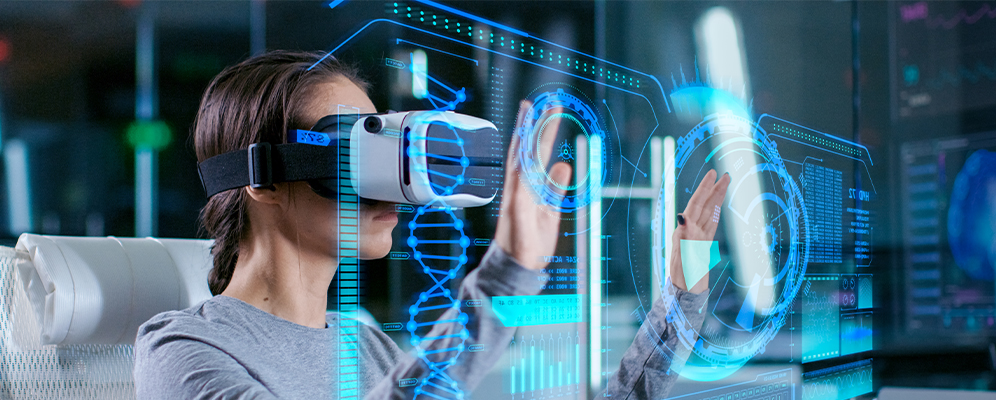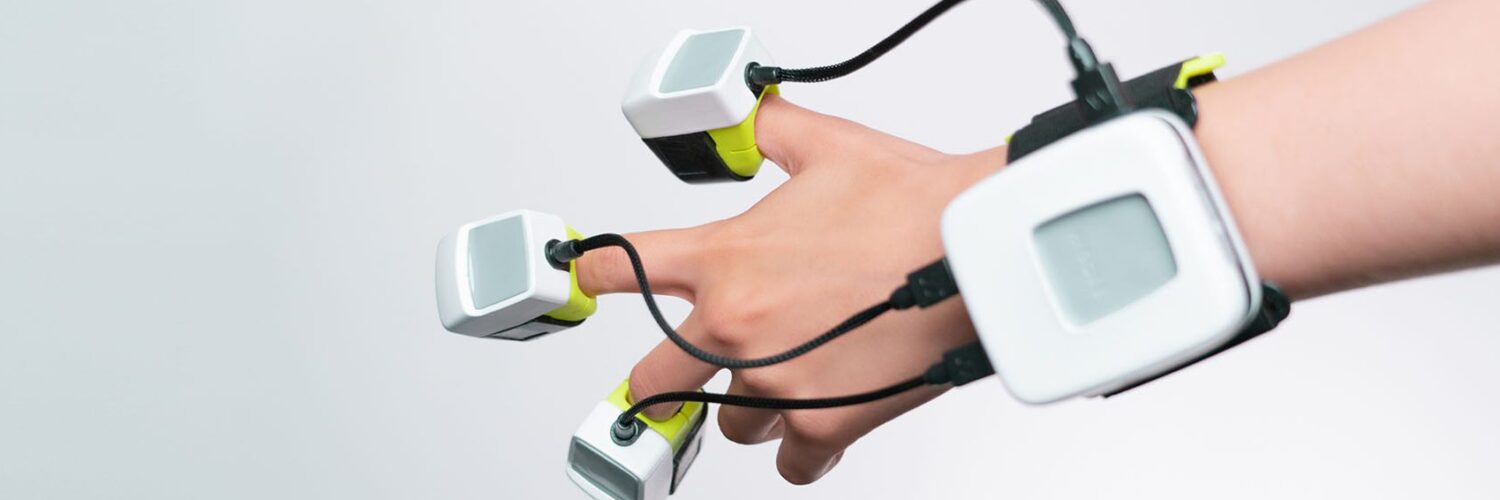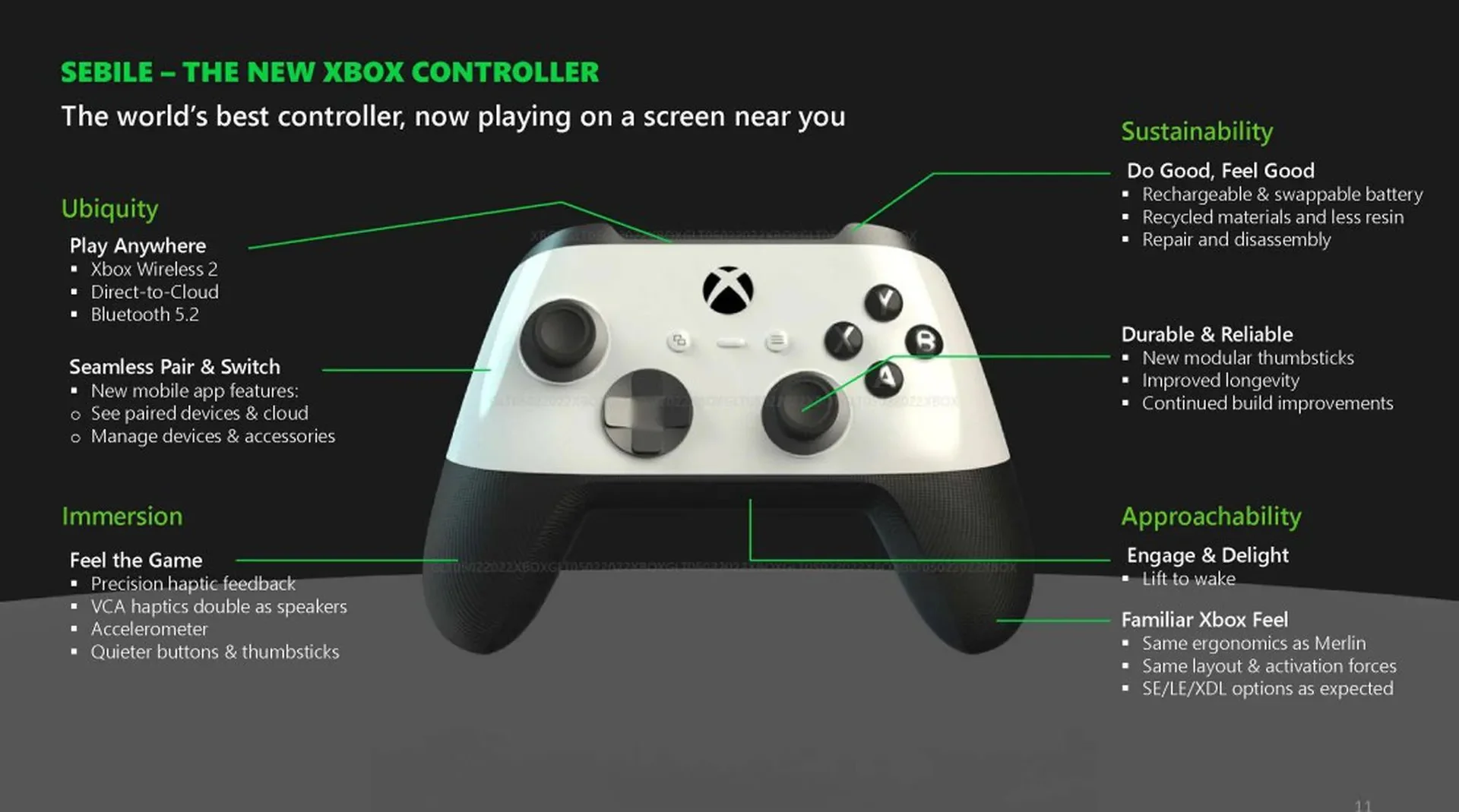
Haptic Feedback Wearables: Enhancing Virtual Experiences
Discover how haptic feedback wearables blur the line between virtual and physical.Haptic Feedback Wearables: Enhancing Virtual Experiences
Imagine slipping on a sleek, lightweight glove and suddenly feeling the texture of virtual sand between your fingers, or donning a vest that lets you feel the impact of a digital paintball splattering across your chest. Welcome to the world of haptic feedback wearables, where the line between the digital and physical realms blurs in the most tactile way possible.
As someone who's spent years immersed in the world of wearable technology and virtual reality, I can tell you that haptic feedback is nothing short of revolutionary. It's the missing piece that's been holding back truly immersive virtual experiences. But what exactly are these magical devices, and how do they work their tactile wizardry?
The Touch of Technology
Haptic feedback wearables are devices designed to simulate the sensation of touch in virtual or augmented reality environments. They use a variety of technologies to create physical sensations that correspond to digital events. From vibrating motors to advanced pneumatic systems, these wearables are essentially translating digital information into physical feelings.

The most common types of haptic wearables include:
- Gloves: These allow users to "feel" virtual objects, often using small vibrating motors or even microfluidics to simulate textures and resistance.
- Suits and Vests: Full-body or torso-covering garments that can simulate impacts, pressure, or even temperature changes.
- Armbands and Wristbands: More compact options that can provide directional cues or simple tactile notifications.
In my experience, the first time you use a high-quality haptic glove to pick up a virtual object, it's mind-blowing. There's a moment of cognitive dissonance where your brain struggles to reconcile the visual input (there's nothing in your hand) with the tactile sensation (you can feel something in your grasp). It's this merging of senses that makes haptic feedback so powerful for creating immersive experiences.
The Science of Touch
To understand why haptic feedback is so effective, we need to dive into the science of touch. Our skin is packed with various types of mechanoreceptors – specialized sensory cells that respond to mechanical pressure or distortion. These receptors are what allow us to feel textures, pressure, vibration, and temperature.
Haptic technology aims to stimulate these receptors in ways that mimic real-world interactions. For example, when you run your finger across a virtual surface, a haptic glove might use a combination of vibrations and pressure to create the illusion of texture. It's a bit like how a speaker creates sound by vibrating air – haptic devices create touch sensations by vibrating or pressing against your skin in precise ways.
Virtual Worlds, Real Sensations
The applications for haptic feedback wearables are as vast as the virtual worlds they enhance. In gaming, they're already starting to make waves. Imagine feeling the recoil of a virtual gun, the impact of a punch in a fighting game, or the subtle resistance as you draw back a bowstring. It's not just about adding another layer of sensory input – it's about making the virtual world feel tangible and real.

But gaming is just the tip of the iceberg. In professional training scenarios, haptic feedback can be a game-changer. Surgeons can practice delicate procedures, feeling the resistance of virtual tissue. Pilots can experience the vibrations and forces of flight without leaving the ground. Even artists are getting in on the action, with haptic interfaces allowing sculptors to mold digital clay with their hands, feeling every ridge and curve.
Touching the Future of Work
As someone who's spent plenty of time in virtual meetings, I can't help but get excited about the potential of haptic feedback in remote collaboration. Imagine being able to shake hands with a colleague on the other side of the world, or feeling a reassuring pat on the back from your virtual team after nailing a presentation. These social touches, which we often take for granted in the physical world, could go a long way in making virtual interactions feel more natural and meaningful.
Learning by Feeling
In education, haptic feedback could open up new frontiers in distance learning. Picture a student learning to play the violin, with a haptic glove guiding their fingers into the correct positions. Or consider how much easier it might be to understand complex molecular structures if you could actually feel the forces between atoms as you manipulate them in a virtual space.
Healing Touch
The potential applications in healthcare are particularly exciting. Haptic feedback wearables are already being used in physical therapy, helping patients relearn motor skills by providing tactile cues and guidance. There's also promising research into using haptic feedback for treating phobias and PTSD, allowing therapists to create controlled, tactile experiences that can help patients confront and overcome their fears in a safe, virtual environment.
Challenges and Limitations
Of course, like any emerging technology, haptic feedback wearables aren't without their challenges. Current devices can sometimes feel clunky or uncomfortable, and there's still a way to go before we achieve the kind of seamless, full-body haptic feedback depicted in science fiction (think of the haptic suits in "Ready Player One").
There are also valid concerns about privacy and data collection. After all, these devices are essentially mapping our physical responses to stimuli. How will that data be used, and who will have access to it?
Touching the Future
Despite these challenges, I'm incredibly optimistic about the future of haptic feedback wearables. As the technology continues to advance, we're likely to see more sophisticated and nuanced tactile sensations. Imagine being able to feel the difference between silk and cotton in a virtual clothing store, or experiencing the texture of an alien landscape in a VR game.
There's even research into combining haptic feedback with other sensory inputs, like smell and taste. Could we one day have a full-body suit that lets us experience a virtual world with all five senses? It's not as far-fetched as it might sound.
A Tactile Revolution
As we stand on the brink of this tactile revolution, it's worth considering the broader implications. How will our relationship with the digital world change when we can touch and feel virtual objects as easily as we do physical ones? What new forms of art, entertainment, and communication might emerge?
One thing's for certain – the future of virtual reality is going to be a hands-on experience. As haptic feedback wearables continue to evolve, they're not just going to change how we interact with technology – they're going to change how we perceive the boundary between the digital and physical worlds.
References
- https://hypersense-software.com/blog/2024/07/15/haptic-technology-user-experience/
- https://www.frontiersin.org/journals/virtual-reality/articles/10.3389/frvir.2023.1242587/full
- https://www.venuez.dk/haptic-feedback-clothing-for-enhanced-virtual-reality-experiences/
- https://pmc.ncbi.nlm.nih.gov/articles/PMC10964227/
- https://elitacwearables.com/haptic-feedback-wearables/
- https://builtin.com/hardware/haptic-technology
- https://www.thebusinessresearchcompany.com/report/haptic-technology-global-market-report
- https://en.wikipedia.org/wiki/Haptic_technology
- https://www.orientsoftware.com/blog/haptic-technology/
- https://www.sciencedirect.com/science/article/pii/S2096579619300130
Neuromorphic Computing: When Silicon Learns to Think Like a Brain






Comments
No comments yet. Be the first to comment!
Leave a Comment